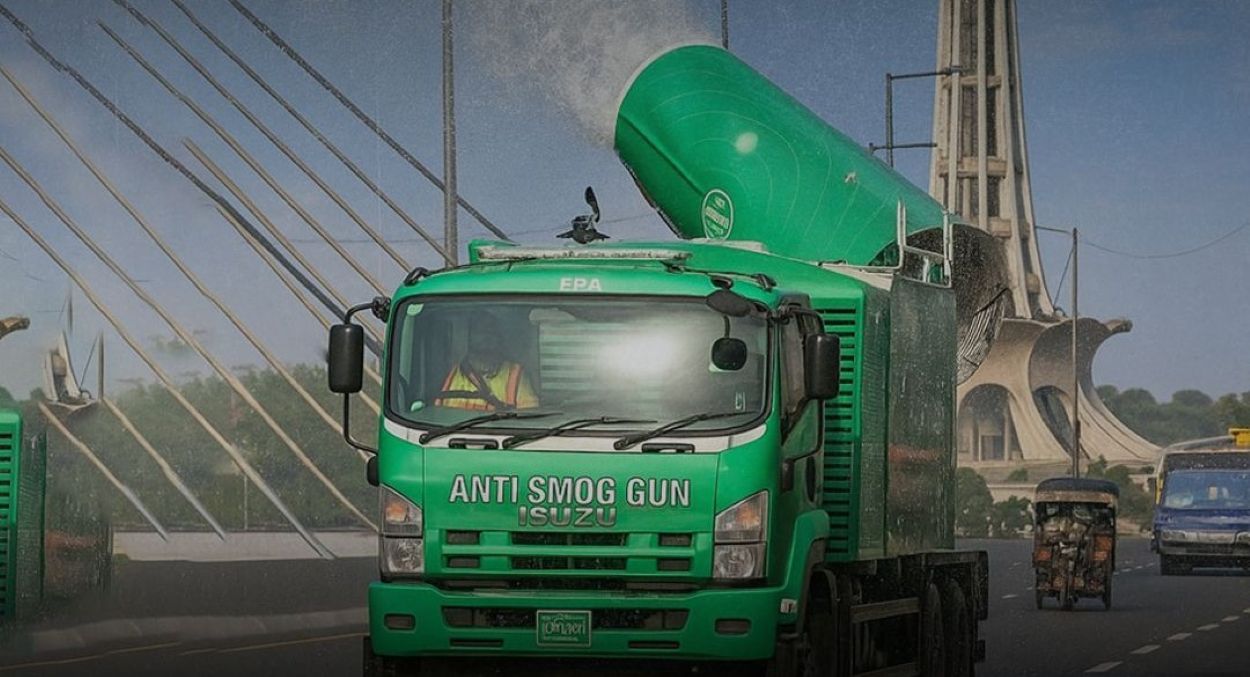A thick layer of smog enveloped several cities across Punjab on Sunday, with Lahore ranking as the world’s second most polluted city. The provincial capital recorded an extremely hazardous Air Quality Index (AQI) of 346, highlighting a severe public health crisis.
According to global air quality monitors, only New Delhi, with an AQI of 467, recorded worse air. The smog was not confined to Lahore, as multiple urban centres in Punjab reported dangerous pollution levels. The air quality data revealed a grim picture for central Punjab:
- Faisalabad: AQI of 401
- Gujranwala: AQI of 380
- Multan: AQI of 263
Karachi, with an AQI of 206, was ranked as the third most polluted city in the world. The recurring smog, which intensifies with the onset of winter, is a mixture of fog and pollutants from vehicle emissions, industrial smoke, and the burning of seasonal crops.
Read: Lahore Ranks as World’s Second Most Polluted City Amid Smog Crisis
This environmental emergency mirrors the severe air pollution events of previous years. Last year, Lahore’s pollution levels soared to more than 80 times the World Health Organisation’s (WHO) recommended safe limit.
In response to past crises, provincial authorities were forced to implement drastic measures, including widespread school closures and restrictions on business and market hours to protect public health. The current situation suggests similar interventions may be necessary if air quality continues to deteriorate.






